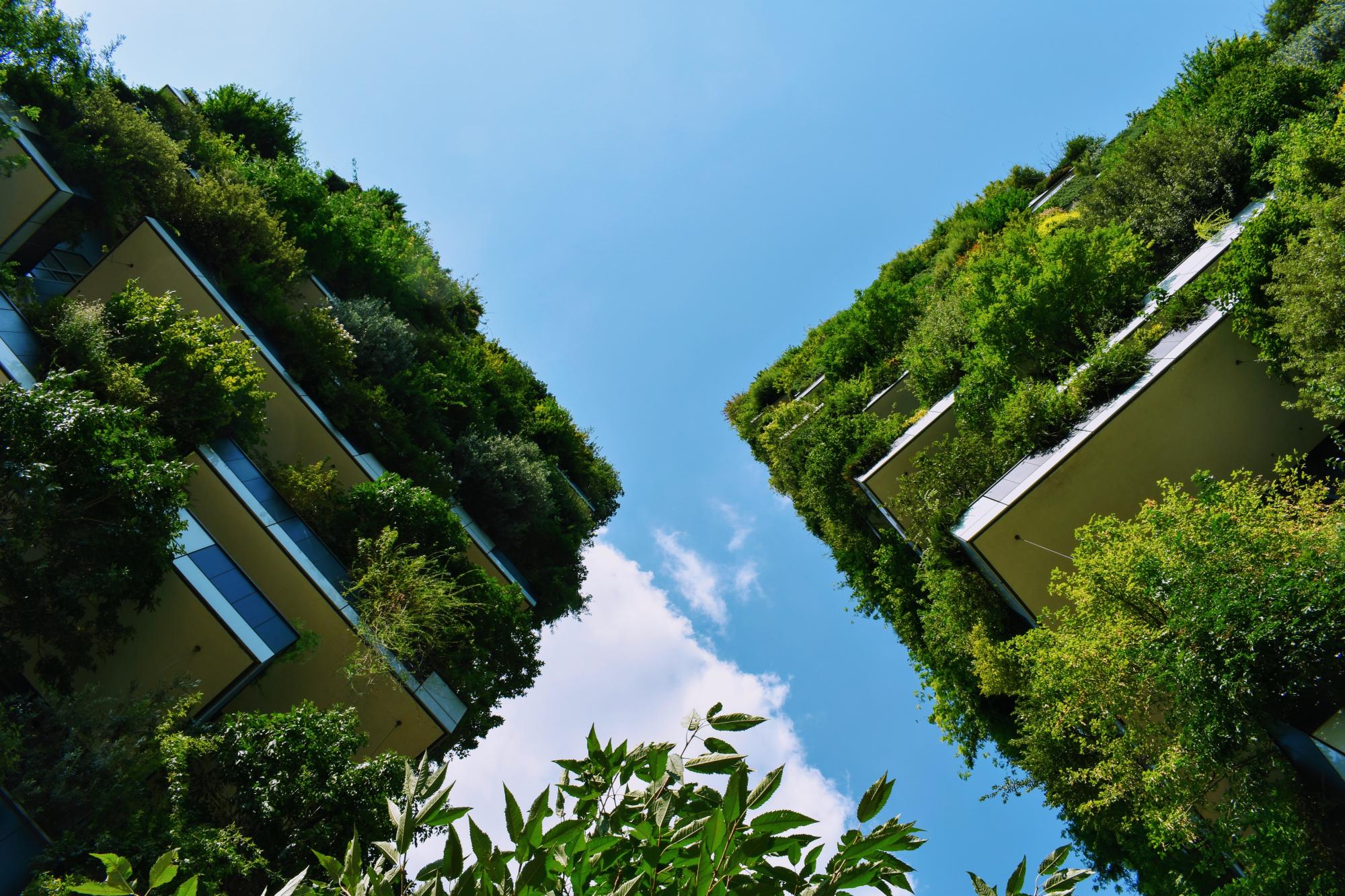The water treatment station in Marquette-lez-Lille had a makeover in September 2014. The facility was renovated and rebuilt with cutting-edge technologies and included a new energy production unit. The plant serves 37 municipalities with treated water. The renovation project enabled the station to be integrated into an urban environment. Almost 17 acres have been transformed into a wetland with the planting of more than 20,000 trees and shrubbery. Encircled by a high-speed road, the Deûle canal, a forest and homes, this classified site is marked by exceptional biodiversity. The Marquette station is recognized as a leader in its industry and was nominated by Global Water Intelligence (GWI) as one of the four projects of the year worldwide for 2014 (Ref 1).
Overview
Nature-based solution
- Blue infrastructure
- In-land wetlands, peatlands, swamps, and moors
- Grey infrastructure featuring greens
- Alley or street trees and other street vegetation
- Nature on buildings (external)
- Green walls or facades
Key challenges
- Environmental quality
- Waste management
- Green space, habitats and biodiversity (SDG 15)
- Habitat and biodiversity restoration
- Green space creation and/or management
- Regeneration, land-use and urban development
- Conversion of former industrial areas
- Water management (SDG 6)
- Stormwater and rainfall management and storage
- Improvements to water quality
Focus
Project objectives
Implementation activities
Biodiversity conservation or restoration-focused activities
Biodiversity restoration:
- Rehabilitate and restore damaged or destroyed ecosystems
- Restore species (native, endangered, or unspecified)
Main beneficiaries
- Private sector/Corporate/Company
- Citizens or community groups
Governance
Management set-up
- Led by non-government actors
Type of initiating organisation
- Local government/municipality
- Private sector/corporate actor/company
Participatory approaches/ community involvement
- Other
Details on the roles of the organisations involved in the project
Project implemented in response to ...
Financing
Total cost
Source(s) of funding
- Public national budget
- Public regional budget
- Corporate investment
- Multilateral funds/international funding
- Commercial banks
Type of funding
- Direct funding (grants, subsidies, or self-financed projects by private entities)
Non-financial contribution
Impacts and Monitoring
Environmental impacts
- Environmental quality
- Improved waste management
- Water management and blue areas
- Improved water quality
- Improved stormwater management
- Green space and habitat
- Promotion of naturalistic styles of landscape design for urban development
- Increased green space area
- Increased ecological connectivity across regeneration sites and scales
- Reduced biodiversity loss
- Increased number of species present
Economic impacts
- Unknown
Socio-cultural impacts
- Education
- Increased support for education and scientific research
- Increased knowledge of locals about local nature
- Increased awareness of NBS and their benefits
Type of reported impacts
Presence of formal monitoring system
Presence of indicators used in reporting
Presence of monitoring/ evaluation reports
Availability of a web-based monitoring tool
References
2. ASSOCIATION DU PUBLIC EN METROPOLE LILLOISE (59). communiqué. Changeons de point de vue sur l’eau! Available at: Source link. Accessed on 21st August, 2020.
3. Veolia (2017) The Métropole Européenne de Lille has Entrusted the Operation of the Largest New-Generation Wastewater Treatment Plant in North France to Veolia. Available at: Source link. Accessed on 21st August, 2020.
4. Plan climat-énergies territorial de Lille Métropole. Available at: Source link. Accessed on 21st August, 2020.
5. The Marquette sewage treatment plant. Available at: Source link. accessed on 21st August, 2020.

